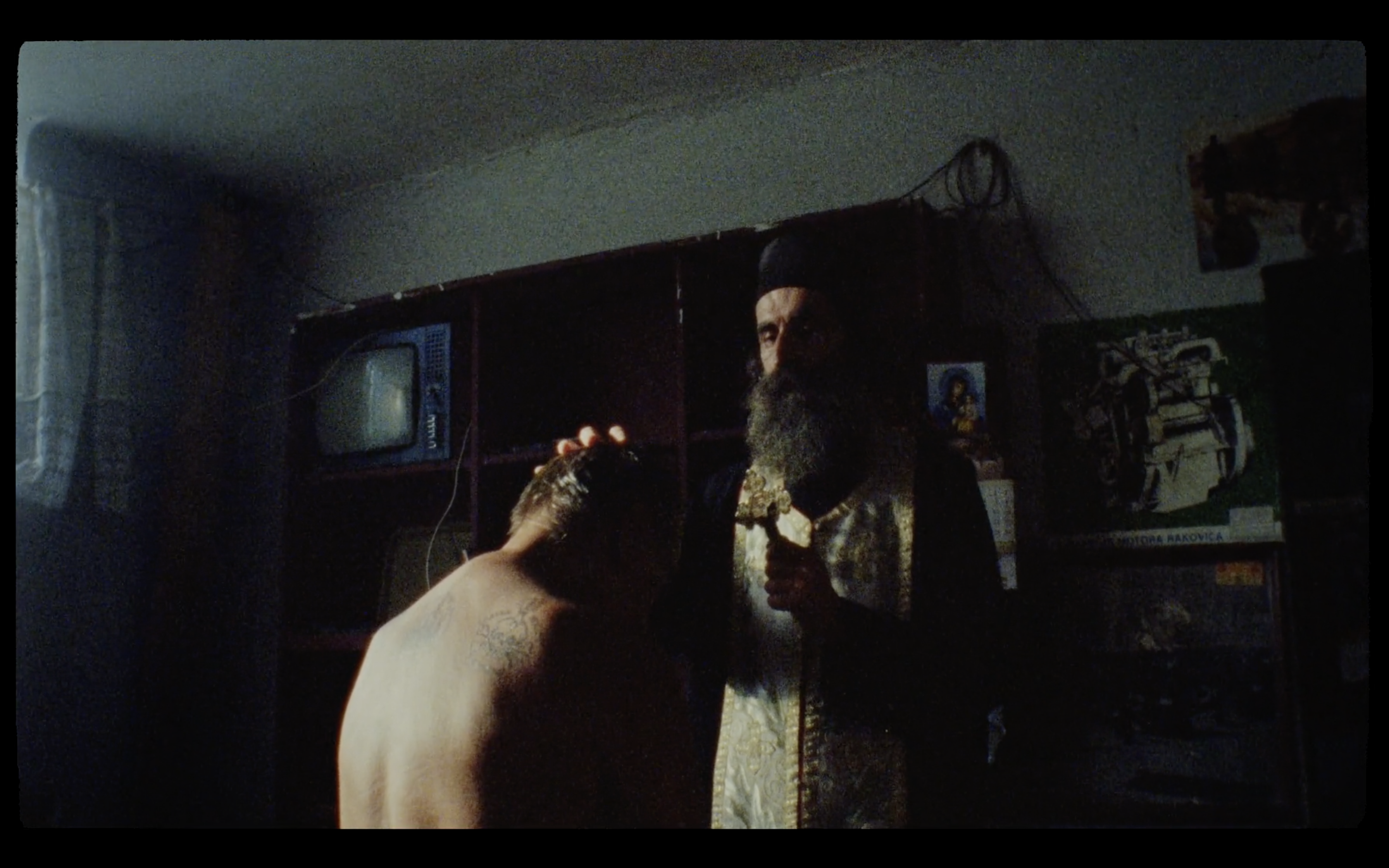
The every time more famous DOP pair "PERSONA" come to present their first short-film. The script written by one of the "Persona", Mario Lerma, treats a situation in which many millennial have grown up. The abandonment by one of the parents, the friendship that grows between the parent left behind and their children, the dependency that can grow from that relationship... And the loss.

The story is set in Bucharest, Romania, in the outskirts of the city where cultures converge, the religion still has an important role and the forgotten funerary traditions are still alive.
The funerary traditions in this areas differ with the Catholic Church tradition that we are used to. They are linked to superstition and follow very specific steps when it comes to mourning the dead; wearing old shoes, tying the dead's hand and feet or covering the mirrors among others.
Bucharest has a special charm due to the variety of its buildings, their traditions and their people that can take the project to a very interesting universe.

Raquel, 43 years old, has a strong dependence on his mother which leads her to abandon herself to a stablished routine: going to work, going back home to cook together and watch tv. It was a relation of mutual company and friendship.

In general terms the movie will present a very naturalist treatment, the only artifice in the aesthetic will be the framing. In the same way, the framing will subjectively tell the evolution of the character.
Both art and photography must present a united naturalism. The locations and the characters must be real and use the the imperfection of reality to give them a differential touch. The use of practical lighting will be key to the luminous mood. In the same way, the art and wardrobe will be restricted by a color palette and will be constricted by the limits of the diegetic world.

Close to Pawel Pawlikowski's style, the narrative that wants to be implemented is a long lasting shot to let the spectator observe the scene with detention. The camera moves are limited and every time it does move is with a determined intention, to suggest a change in the intern process of the character


The movie pace will be maintained most of the movie in a low tempo. This guideline will be followed by the camera as well as the edit. Cut will only be used when the narrative burden has been exhausted.
Only in the final scene, when Raquel starts to sing, hand-held camera will be used to give the scene a more organic feeling. It's not a frenetic camera, but a slow acceleration in the dramatic rhythm. Ulrich Seidl implemented this technic in his paradise trilogy.